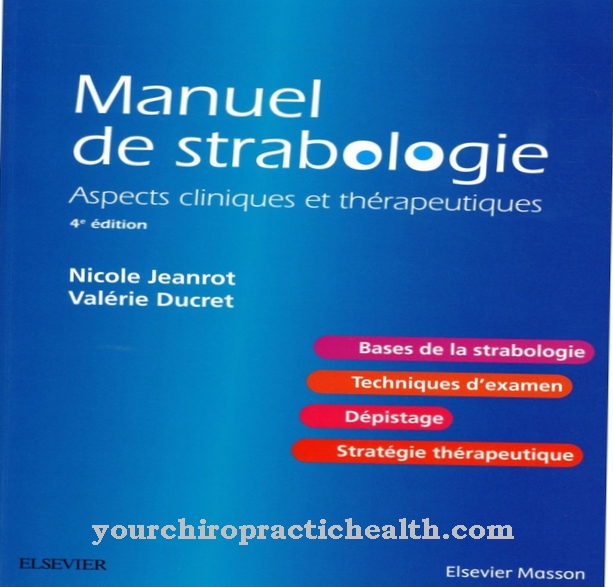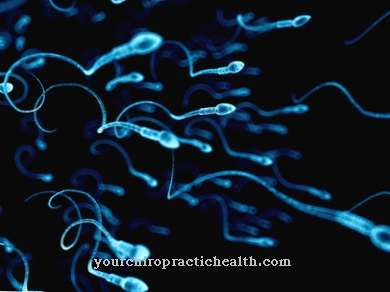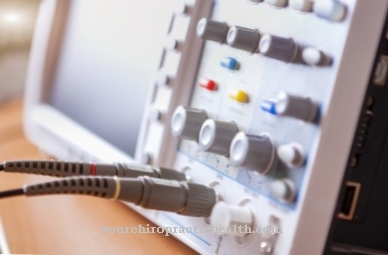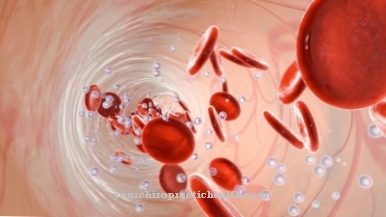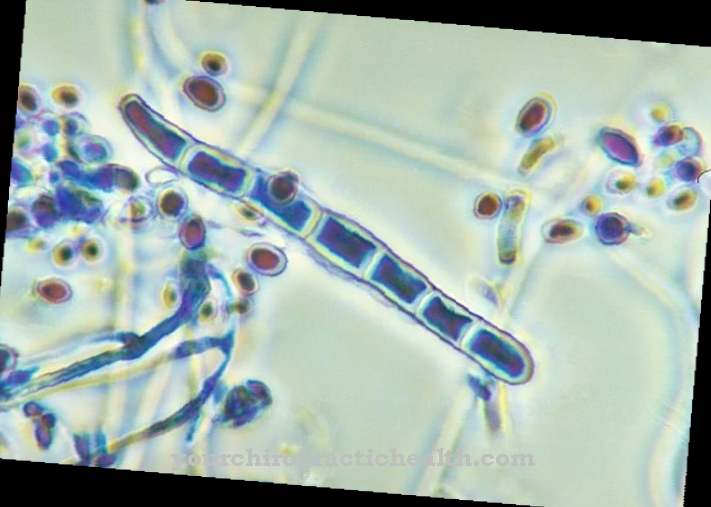Of the Abducens nerve is the VI. Cranial nerve. He is responsible for the movement of the eyeball. It consists mainly of motor fibers and innervates the muscle that is straight at the side.
What is the abducens nerve?
The abducens nerve is the VI. the total of XII. Cranial nerves. Like most other cranial nerves, it supplies areas of the head. The abducens nerve is a purely somatomotor nerve. This means that it is made up of motor fibers and its main task is a motor function.
The abducting movement of the eye is made possible by the abducens nerve. This is the movement of the eye outward. Its path goes from the brain stem to the eye socket. The abducens nerve innervates only one muscle. This is responsible for the movement of the eyeball. The abducens nerve is found in both hemispheres. Damage to one side does not automatically lead to a complete loss of eye movements in the other half of the brain.
The abducens nerve is part of the central nervous system. The VI. Cranial nerve is unusually long compared to others. Of all the existing ocular muscle nerves, it has the longest extradural course. Its path leads, among other things, along the base of the skull, where it is also most susceptible to lesions. Impairment of the functional activity of the abducent nerve leads to a malposition of the affected eye. It is directed slightly inwards and causes the perception of double images. Sick people then suffer from the so-called silver look. This means a small amount of squint.
Anatomy & structure
The VI. The cranial nerve has its origin in the pons of the brain stem. This is the bridge that the abducens nerve leaves medially at the lower edge. He moves on to the clivus. The clivus separates the middle from the posterior fossa. On the clivus of the occiput, it steps under the dura mater.
The dura mater is the meninges that separate the brain from the skull. The abducens nerve then runs in the cavernous sinus. The cavernous sinus is a venous blood conductor of the brain. In it the abducens nerve runs forward to the superior orbital fissure. This is a gap in the human skull that is between the large and small wings of the sphenoid bone. The superior orbital fissure connects the middle fossa with the eye socket.
The abducens nerve enters the eye socket through the superior orbital fissure together with the oculomotor nerve, the trochlear nerve and the three branches of the ophthalmic nerve. From there it runs laterally to the lateral rectus muscle. This muscle is the only muscle supplied by the abducens nerve. He is responsible for the movement of the eyeball.
Function & tasks
The abducens nerve is responsible for regulating the movement of the eyeball. The VI. The cranial nerve innervates the lateral rectus muscle. The lateral rectus muscle is also known as the laterally straight muscle. It is responsible for the abduction of the ocular bulb. The ocular bulb is a part of the organ of vision. This is spherical and is located in the orbit, the eye socket.
The structures necessary for seeing with the eye are located in the ocular bulb. They include the iris, lens and retina, among others. An abduction is basically understood to mean a lateral removal of a body part. This process can also be referred to as splaying an extremity away from the body, for example. An abduction causes the corresponding body part to move from the center of the body or the longitudinal axis of the body in a lateral direction.
In the area of the eye, abduction means the movement of the eye to the outer edge of the eye.With the contraction of the lateral rectus muscle by the abducens nerve, the eyes rotate outwards, and consequently to the lateral side. The abducens nerve is responsible for visual perception in the entire lateral field of vision. It is his job to move the eye axis to the side or to abduct it according to his name.
You can find your medication here
➔ Medicines for eye infectionsDiseases
Lesions of the abducent nerve always result in malocclusion. It is diagnosed as a slight squint.
Damage to the abducent nerve can easily occur in the area of the cavernous sinus. In this region of the head is the VI. Very vulnerable cranial nerve. The reason for this is that it is the only cranial nerve that runs right through the lumen of the venous blood conduit. In addition, the abducens nerve is prone to lesions of the skull base. Its long course at the skull base can lead to damage in the case of skull base fractures. The same happens with diseases such as basal meningitis.
As soon as the functional activity of the abducens nerve is restricted, the lateral rectus muscle can no longer be supplied. This means that the gaze deviation of the affected eye no longer works. As a result, the two visual axes of the eyes no longer coincide. Double images that stand side by side are inevitably perceived. When the patient's eye looks in the direction of the damage, the double vision becomes stronger. They become weaker when the eye looks in the direction of the healthy eye. The last line of sight implies that the lateral rectus muscle is inactive even under normal conditions.
Damage to the abducent nerve leads to an inward misalignment of the eyeball. This is the medial side of the field of vision.

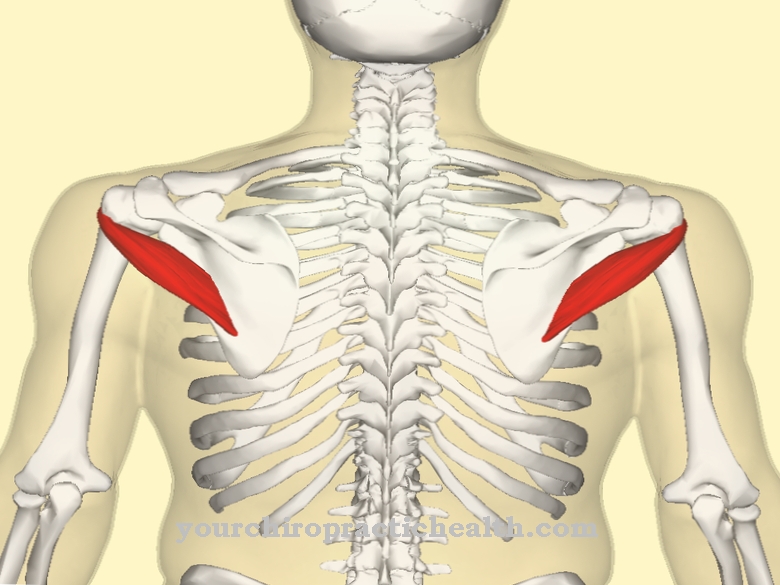
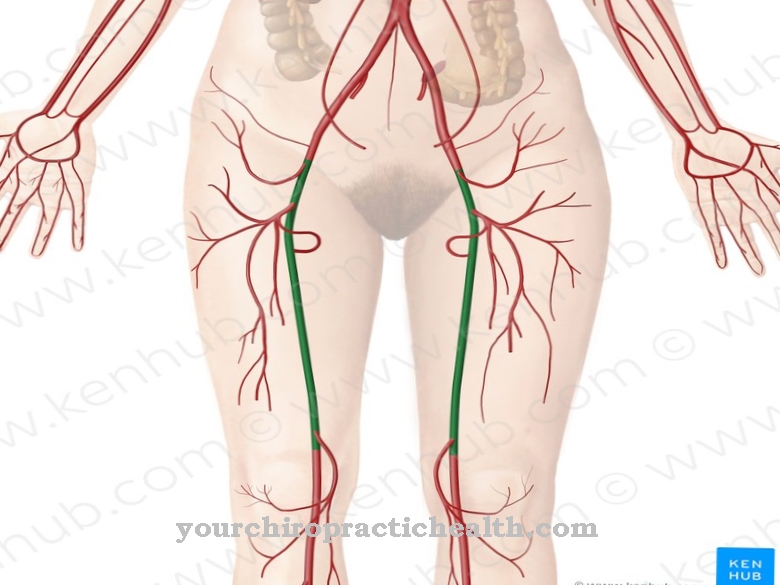
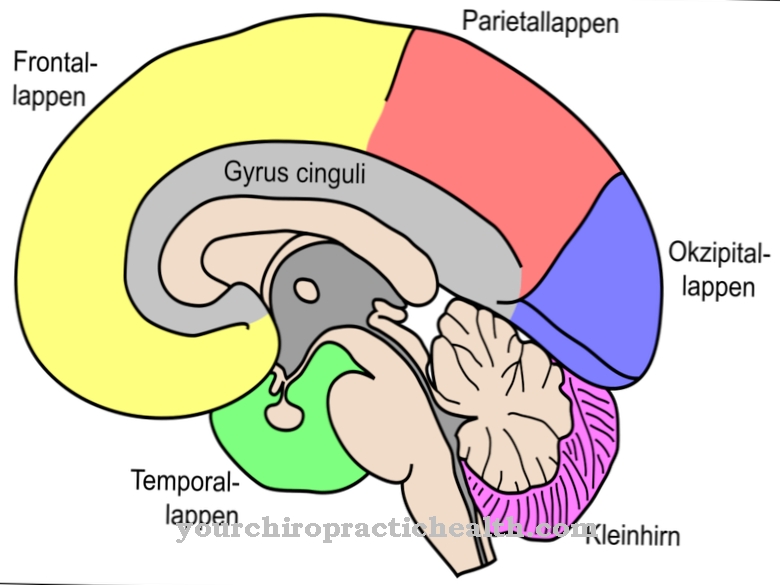
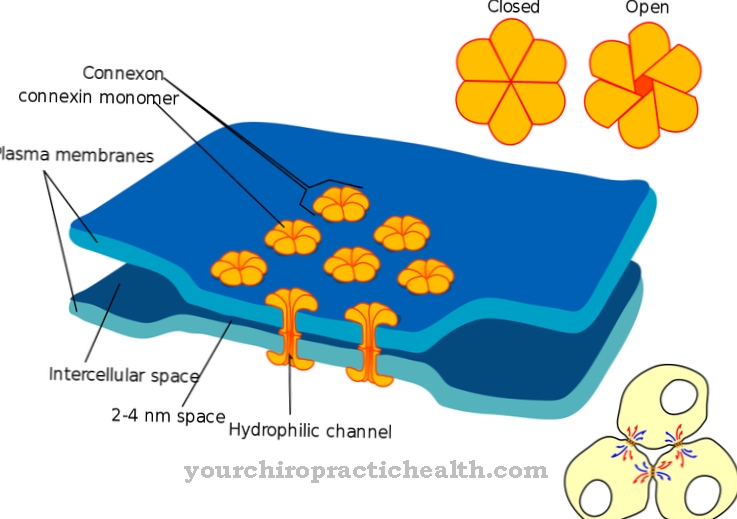
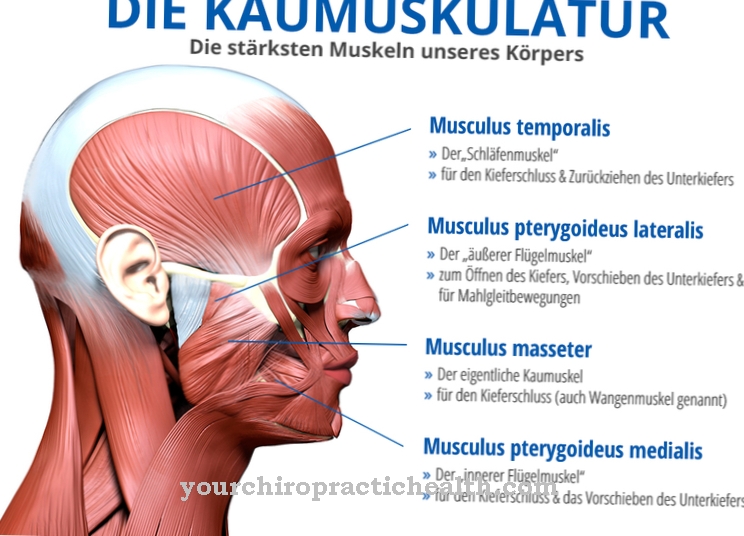
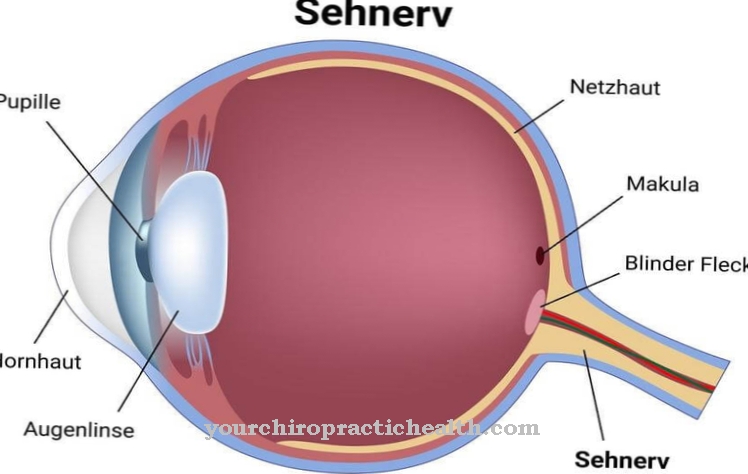



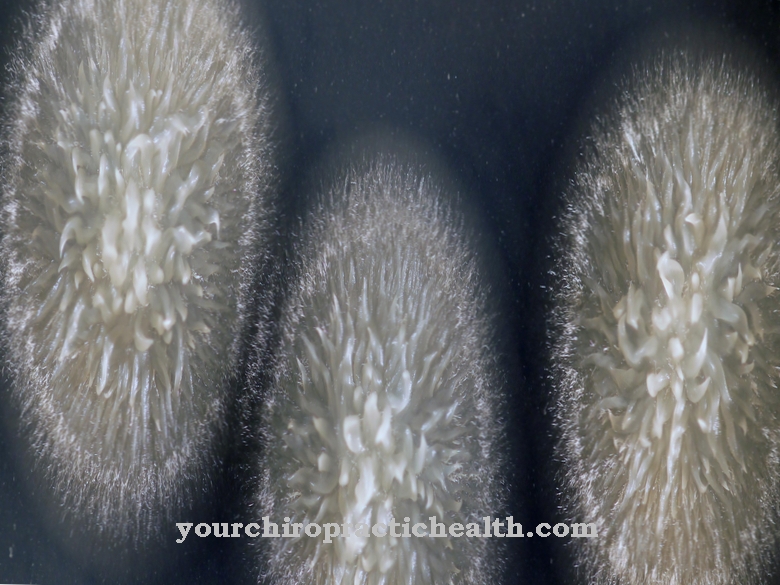
.jpg)

